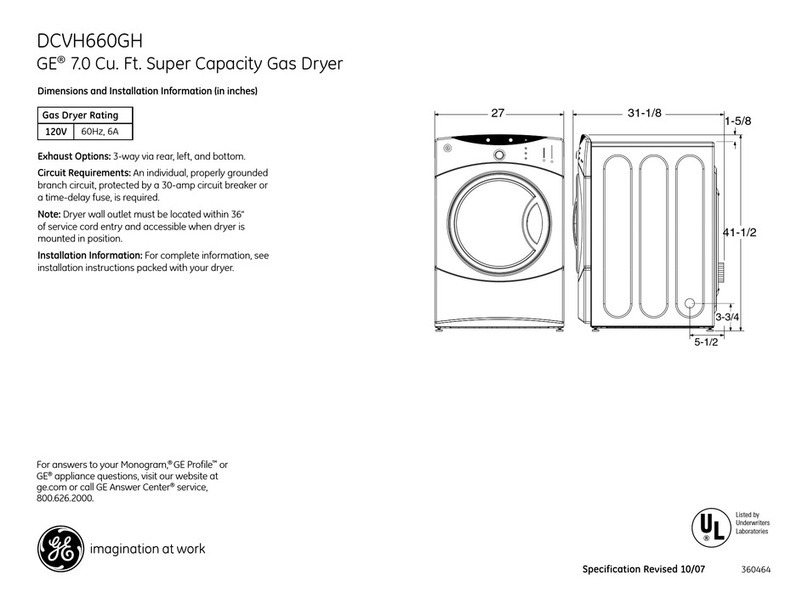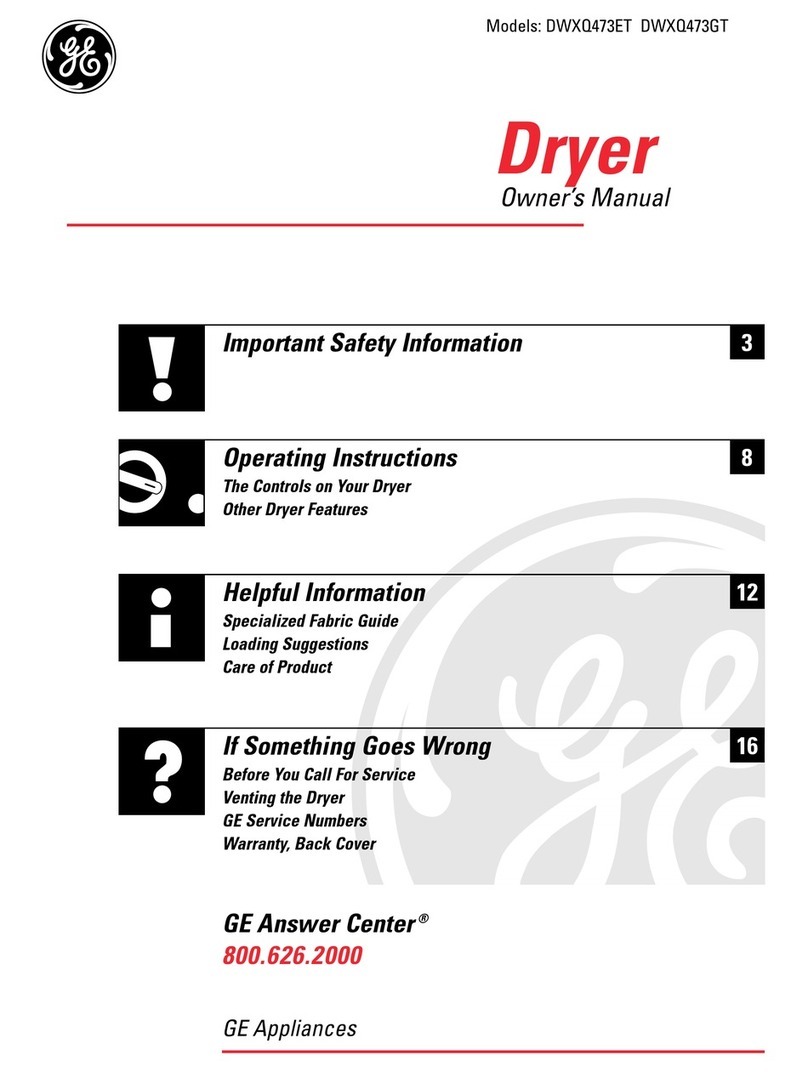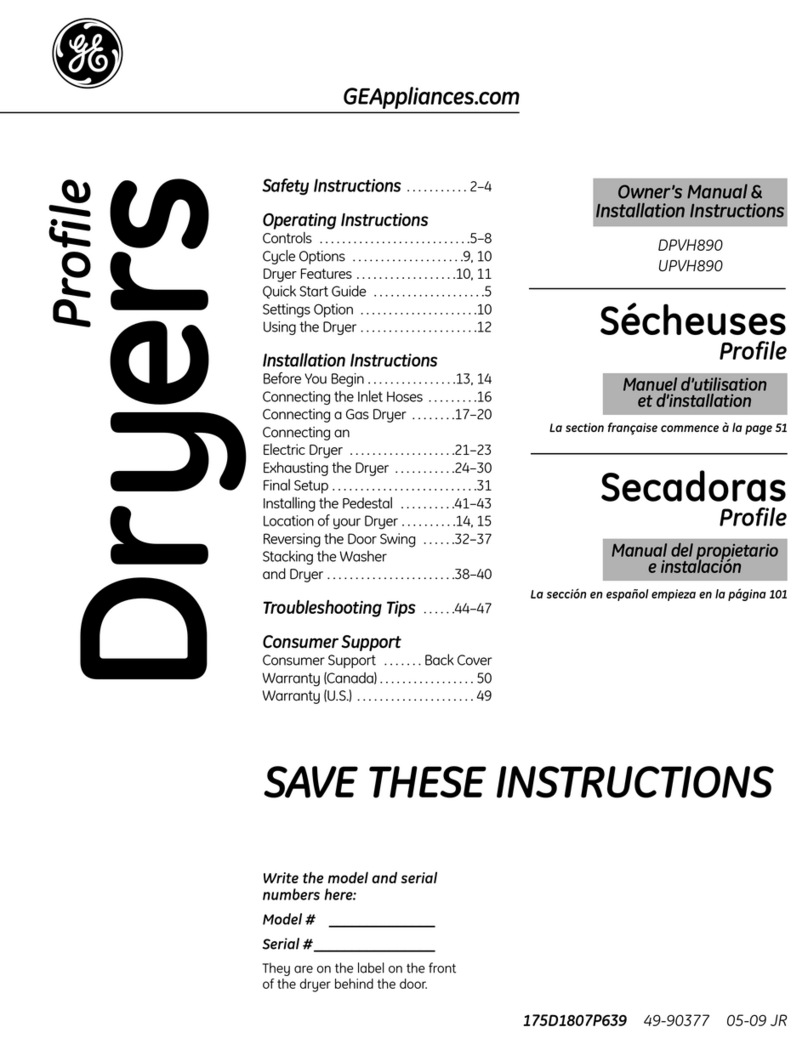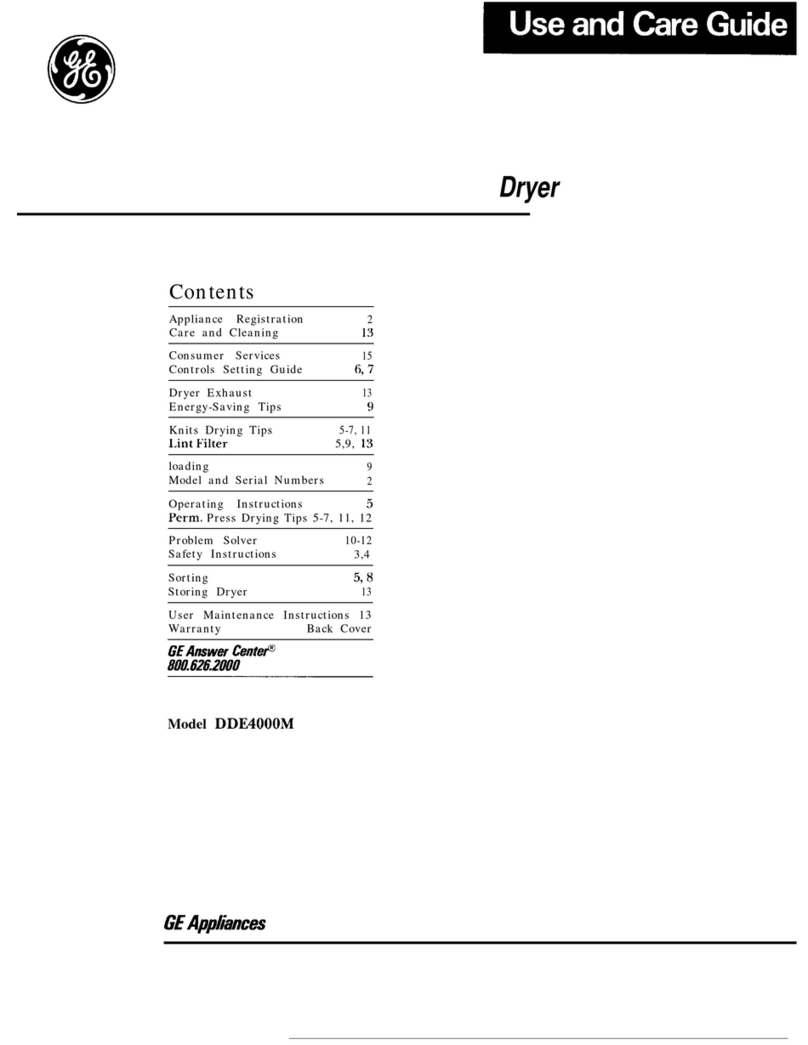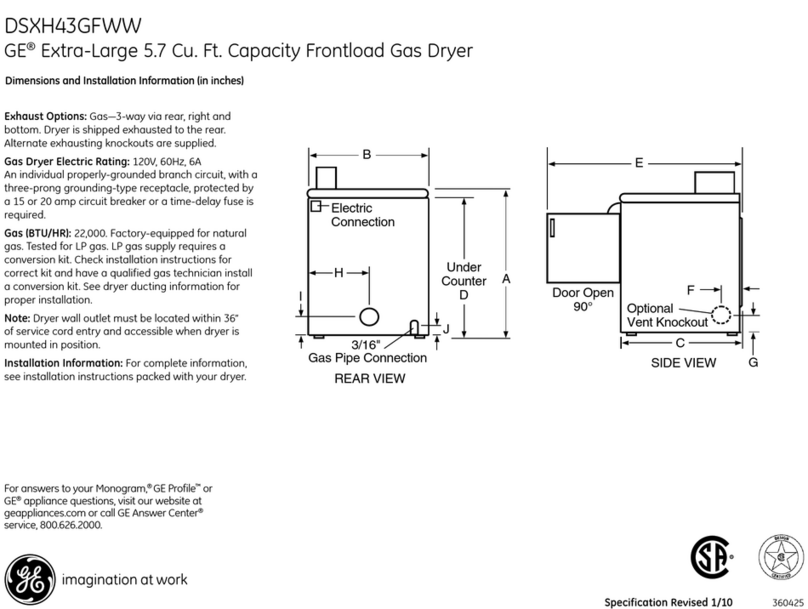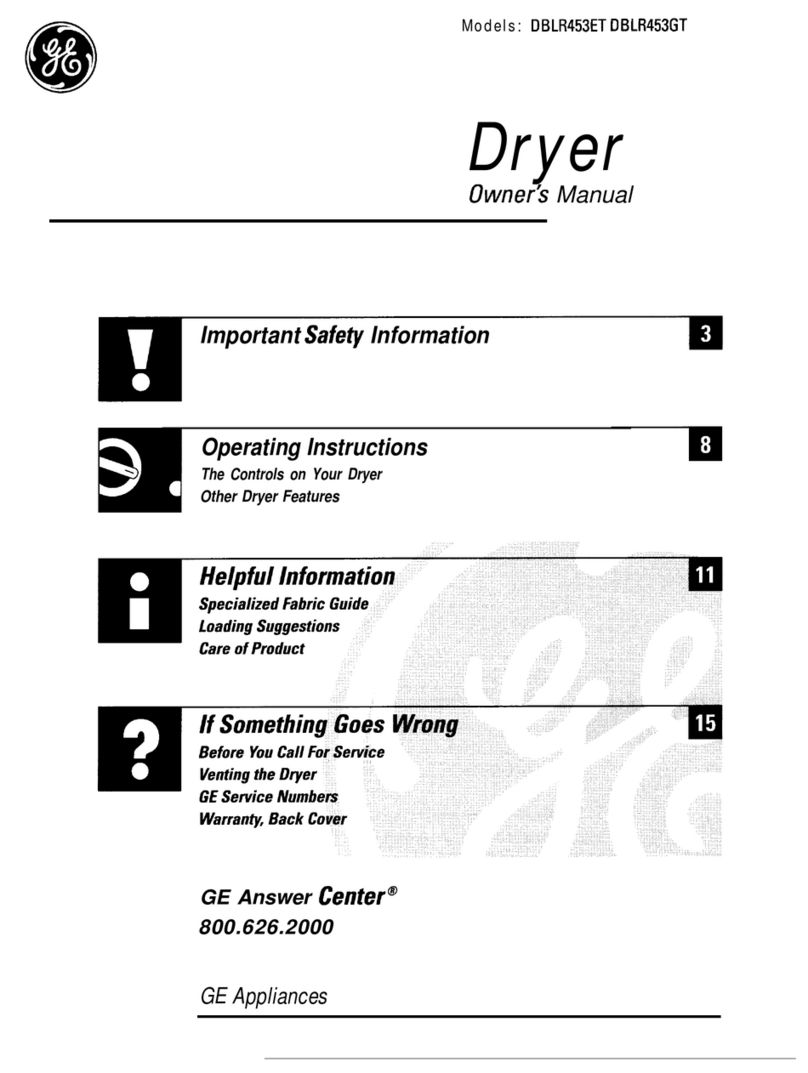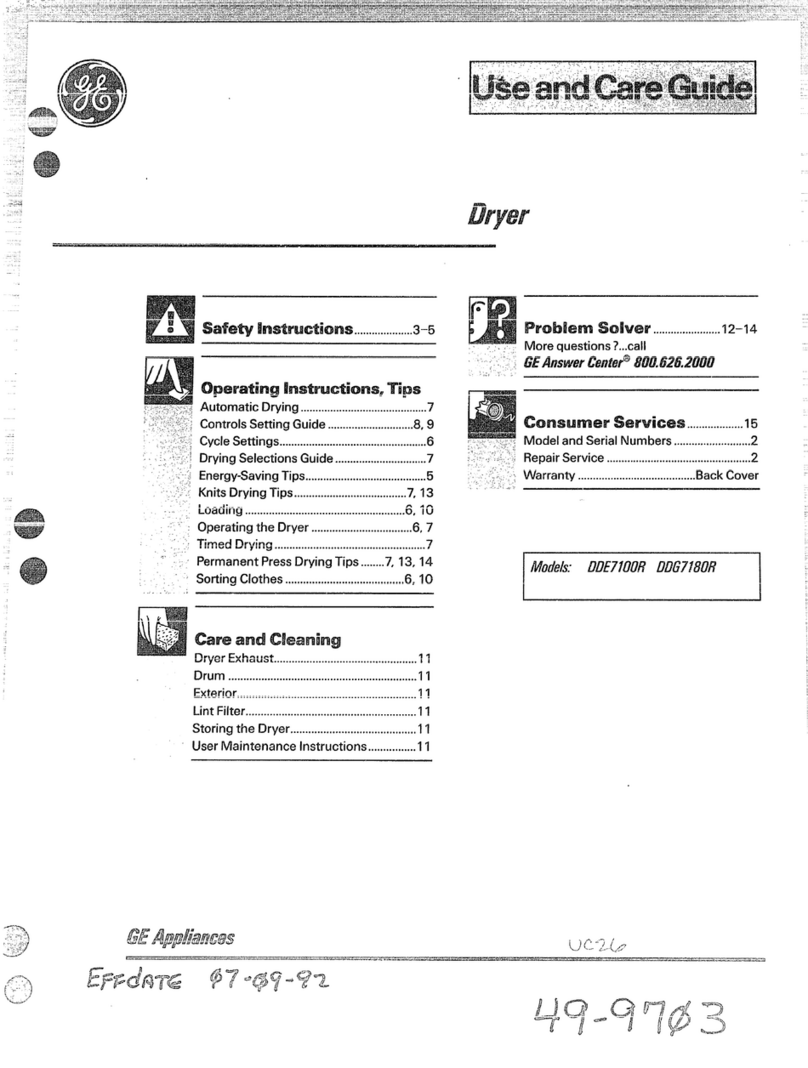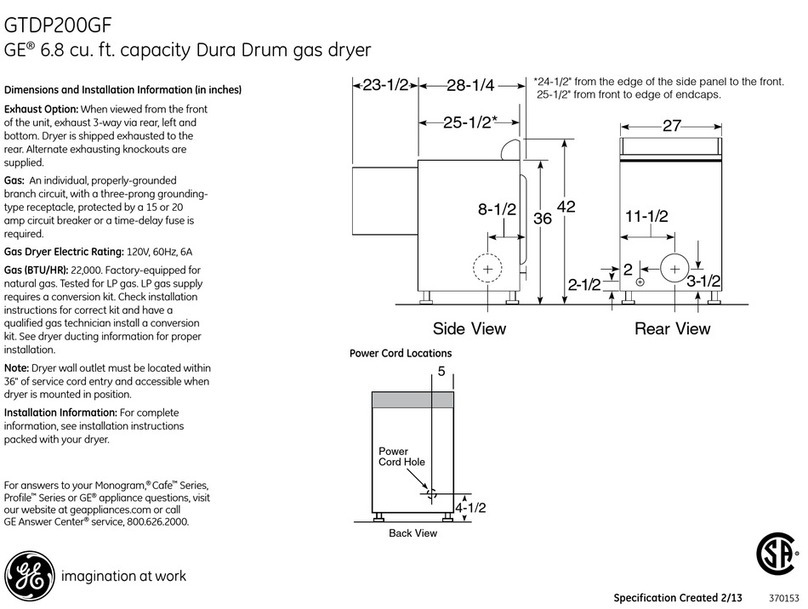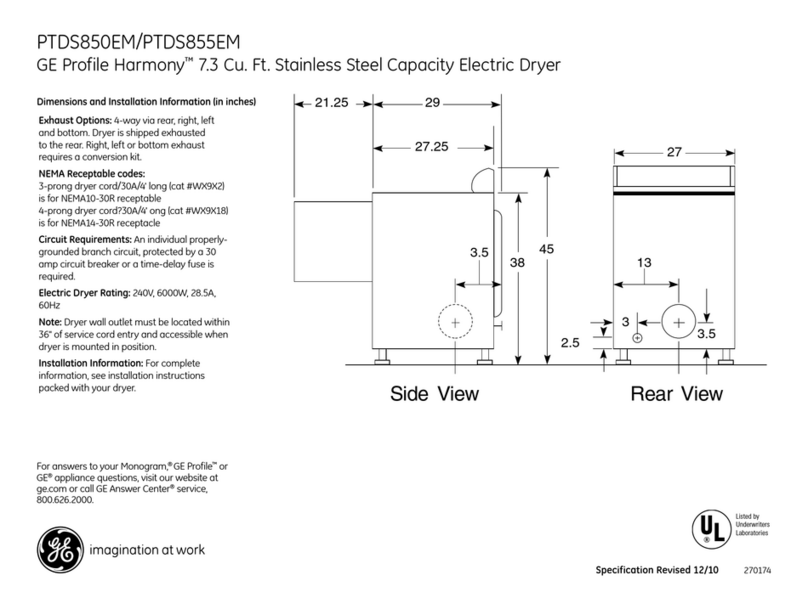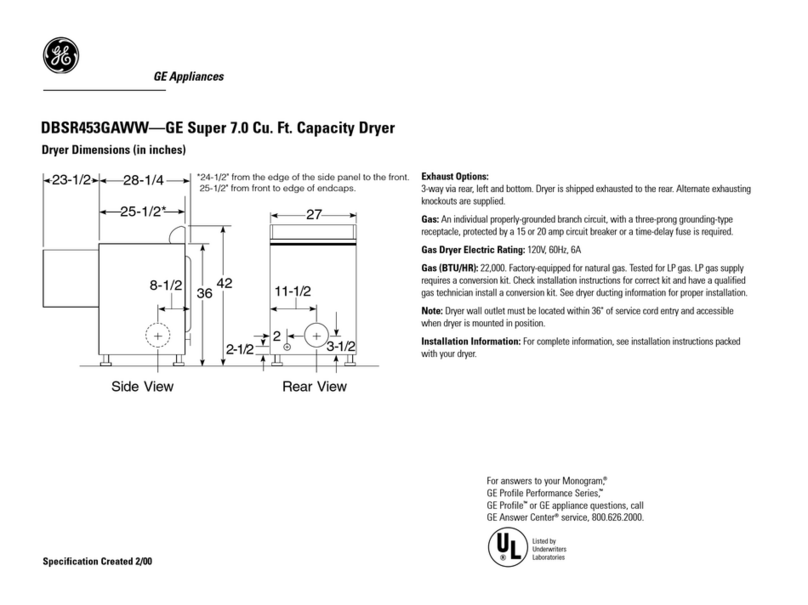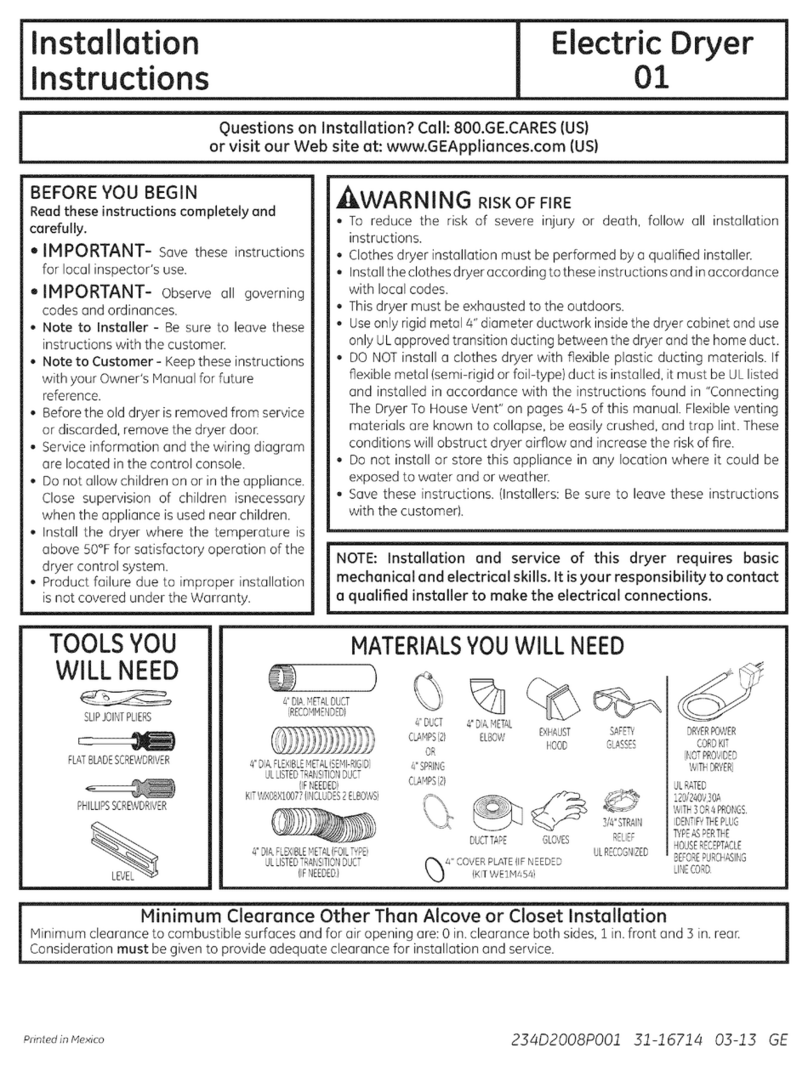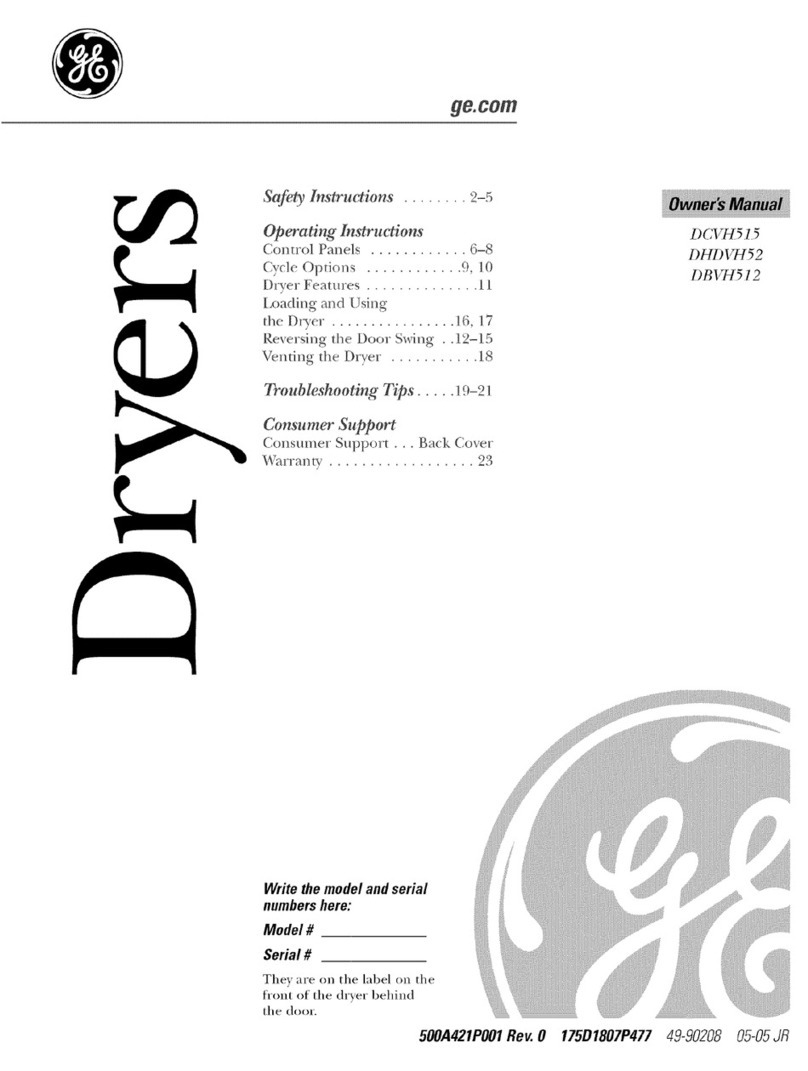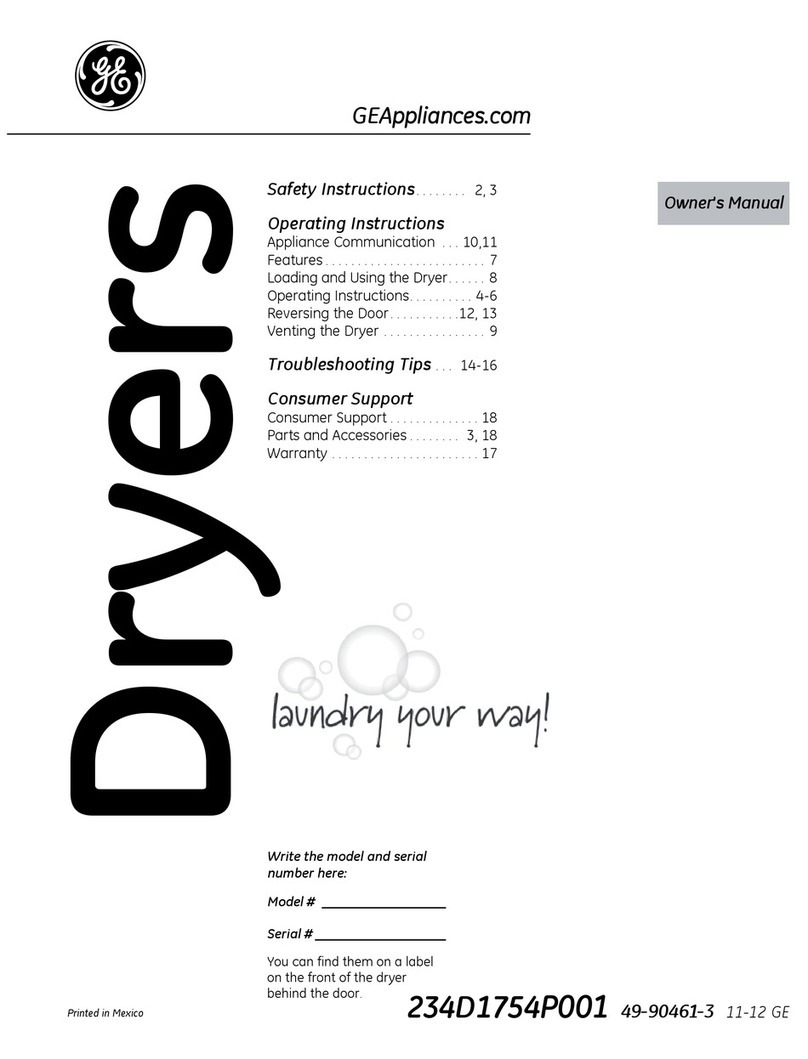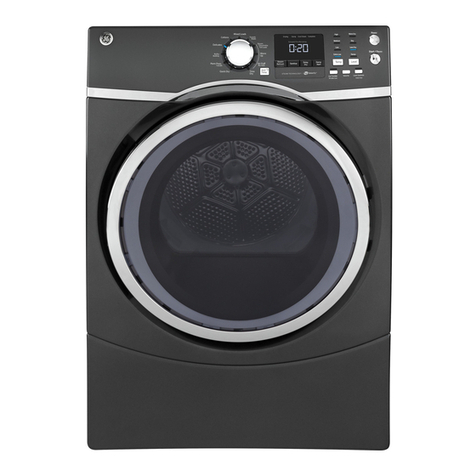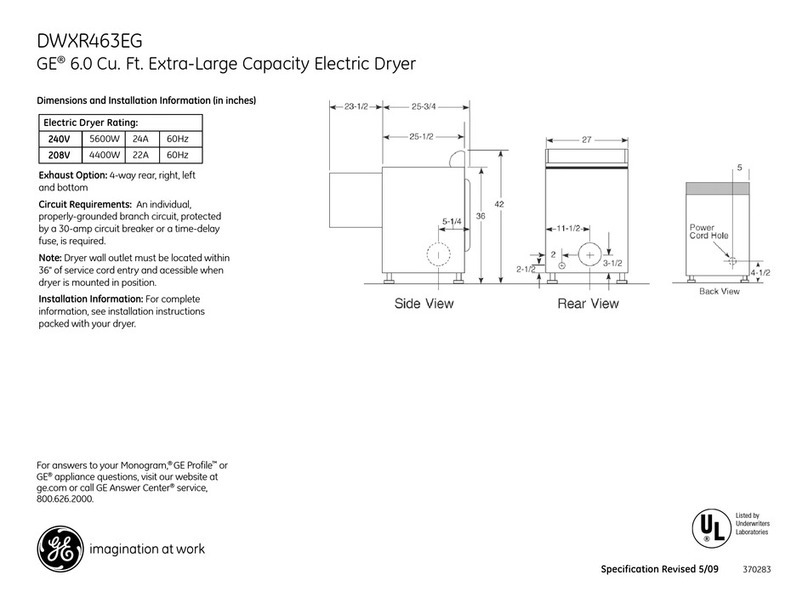
– 3 –
Table of Contents
Air Duct Assembly ............................................................................................................................................................21
Airflow ....................................................................................................................................................................................14
Blower Wheel......................................................................................................................................................................28
Burner Assembly and LP Conversion......................................................................................................................31
Component Locator Views...........................................................................................................................................16
Control Board Connector Locator View .................................................................................................................18
Control Features............................................................................................................................................................... 7
Control Panel.......................................................................................................................................................................19
Cycle Matrix Chart............................................................................................................................................................15
Door Switch ......................................................................................................................................................................... 22
Drive Belt...............................................................................................................................................................................24
Drum.......................................................................................................................................................................................25
Drum Light Receptacle...................................................................................................................................................22
Drum Shaft and Bearing................................................................................................................................................25
Drum Slide Assembly......................................................................................................................................................20
Dryer Components...........................................................................................................................................................19
Dryer Features...................................................................................................................................................................11
Electronic Control ............................................................................................................................................................38
Flame Detector ..................................................................................................................................................................33
Front Panel...........................................................................................................................................................................20
Gas Valve..............................................................................................................................................................................32
Gas Valve Coils...................................................................................................................................................................31
Heater Assembly...............................................................................................................................................................30
High Limit Thermostat....................................................................................................................................................37
Idler Assembly....................................................................................................................................................................26
Ignitor.....................................................................................................................................................................................33
Ignitor Circuit Operation................................................................................................................................................34
Inlet Control Thermistor.................................................................................................................................................35
Inlet Safety Thermostat.................................................................................................................................................35
Introduction......................................................................................................................................................................... 4
Moisture Sensor ................................................................................................................................................................23
Motor ......................................................................................................................................................................................28
Nomenclature .................................................................................................................................................................... 5
Operation Overview.........................................................................................................................................................13
Outlet Control Backup Thermostat...........................................................................................................................37
Outlet Control Thermistor .............................................................................................................................................36
Reversing the Door ..........................................................................................................................................................12
Schematics and Wiring Diagrams............................................................................................................................43
Service Test Mode.............................................................................................................................................................39
Steam Nozzle......................................................................................................................................................................21
Top Panel ..............................................................................................................................................................................19
Troubleshooting ................................................................................................................................................................39
Warranty ..............................................................................................................................................................................45
Water Inlet Valve ..............................................................................................................................................................26
Water Line Connection .................................................................................................................................................. 6
